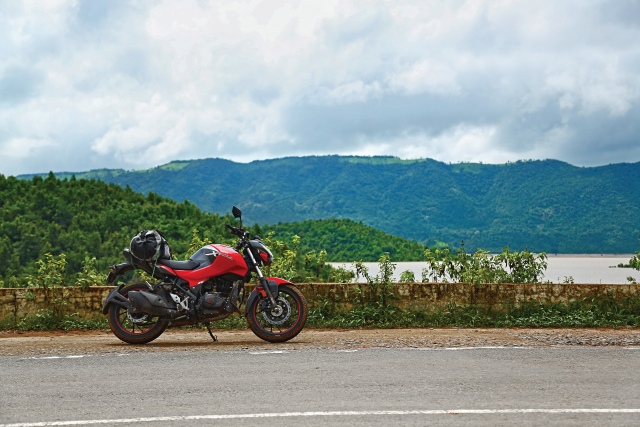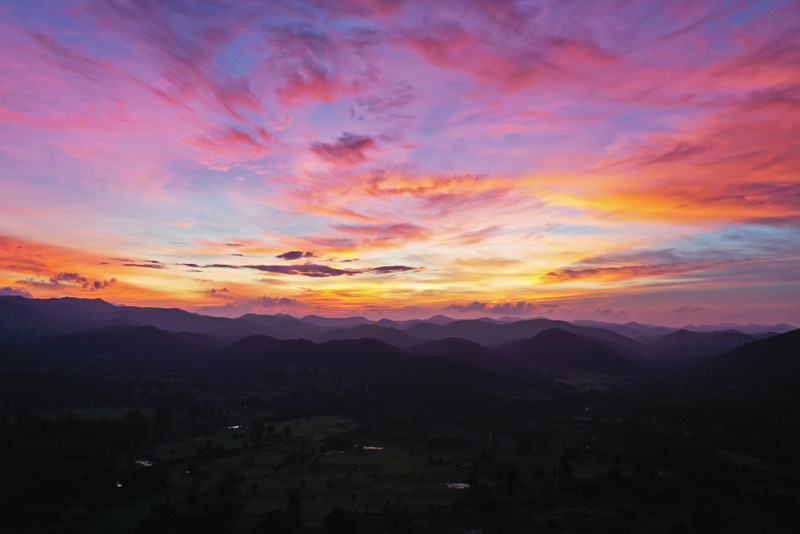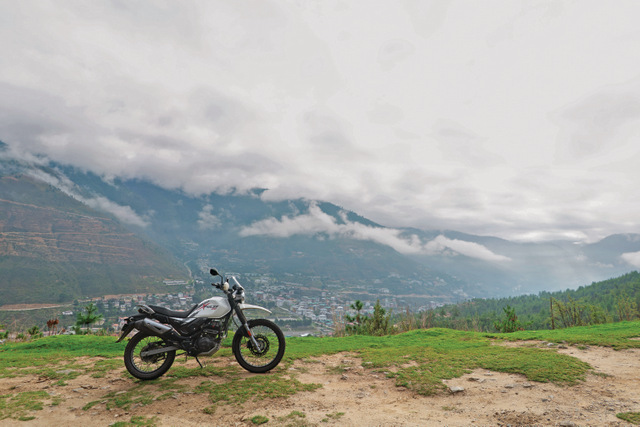We pick up the story of overlanding Odisha on the Hero Xtreme 160R from Debrigarh. In this leg, we explore Odisha’s wild west

[Read more…] about Hero Xtreme 160R in Odisha Part Two – Wonderful Odisha: West
Best Bikes in India | No.1 Two Wheeler Magazine
We pick up the story of overlanding Odisha on the Hero Xtreme 160R from Debrigarh. In this leg, we explore Odisha’s wild west

[Read more…] about Hero Xtreme 160R in Odisha Part Two – Wonderful Odisha: West
We are road-tripping again. This time we explore Odisha with Kalyani Potekar and the Hero Xtreme 160R.
 [Read more…] about Hero Xtreme 160R in Odisha Part One – Odisha on Two Wheels
[Read more…] about Hero Xtreme 160R in Odisha Part One – Odisha on Two Wheels

We are road-tripping across the state of Odisha, looking for those unexplored gems of beauty and culture [Read more…] about Odisha Odyssey: South

On our second leg of this international undertaking, we explore Kathmandu before heading back into India and across to Bhutan
[Read more…] about Hero Tri-nation Xpulse Xpedition – II: Adventuring Abroad